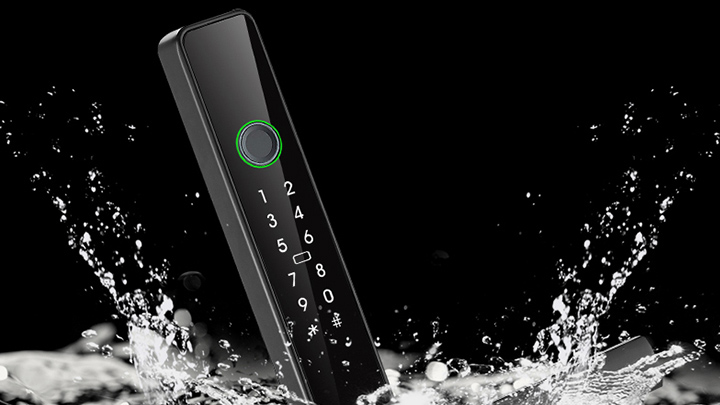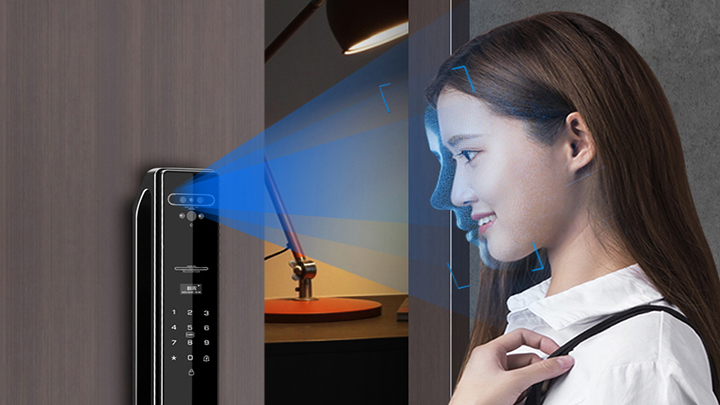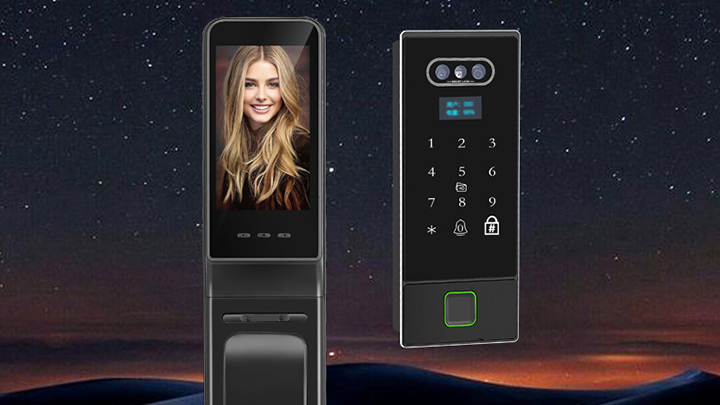Do Smart Locks Need Regular Charging? A Guide to Smart Lock Power Needs
Smart locks have gained popularity for their convenience and security, allowing users to lock and unlock doors without traditional keys. However, since smart locks are powered devices, questions often arise about how they are powered and whether they need regular charging. Here’s a breakdown of the typical power sources for smart locks and what you need to know about maintaining them.
1. Types of Power Sources in Smart Locks
Most smart locks rely on batteries rather than direct power sources, but the specific type of battery and power options vary:
- Standard Batteries: Many smart locks use standard replaceable batteries, typically AA or AAA. These batteries often last several months to a year, depending on the lock’s features and usage.
- Rechargeable Batteries: Some smart locks use rechargeable batteries that can be powered up via USB or a dedicated charging port. These need to be recharged periodically, usually every few months.
- Hardwired Options: Though rare, a few smart locks offer hardwired power options that can be directly connected to the home’s electrical system, eliminating the need for battery replacements or recharging.
Understanding the type of power source your smart lock uses will help you know whether or not it requires charging.
2. How Often Do Smart Locks Need Charging or Battery Replacements?
The frequency of recharging or battery replacement depends on several factors:
- Usage Frequency: A lock that’s frequently engaged (e.g., in high-traffic homes) will consume more power than one used infrequently.
- Smart Features: Features like Wi-Fi connectivity, Bluetooth, or biometric scanning can drain batteries faster than simpler keypads. For example, a Wi-Fi-connected lock typically consumes more power due to constant communication with your home network.
- Battery Type and Quality: Higher-quality batteries tend to last longer. Rechargeable batteries may need to be charged every 3 to 6 months, while replaceable batteries can often last from 6 months up to a year.
Checking the manufacturer’s guidance on battery life can give you an accurate idea of when recharging or replacement is necessary.
3. How to Monitor Battery Levels
Most smart locks include battery-level indicators to help users know when it’s time to recharge or replace the batteries:
- App Notifications: Many smart locks connect to a mobile app that can send alerts when battery levels are low, giving you plenty of notice to charge or replace batteries.
- LED Indicators: Some models have LED lights that flash or change color when battery levels are low.
- Audible Alerts: Certain locks emit sounds or voice notifications when batteries need attention.
Monitoring these indicators ensures that you’re aware of the battery status and can maintain the lock before power is completely depleted.
4. Backup Power Options
In the rare event that the battery dies unexpectedly, most smart locks have backup power options to prevent lockouts:
- External Charging Ports: Many rechargeable smart locks come with an external USB port for emergency power, allowing you to charge the lock temporarily with a power bank.
- Mechanical Key Backup: Some smart locks retain a traditional keyhole as a backup, so you can use a physical key to unlock the door if the battery is fully drained.
- Battery Jump Ports: Some smart locks with replaceable batteries have terminals where a 9V battery can temporarily power the lock, allowing you to unlock it before replacing the batteries.
Backup options provide peace of mind, ensuring that you’re never completely locked out, even if the battery dies.
5. Best Practices to Extend Battery Life
Here are some tips to maximize your smart lock’s battery life and reduce the need for frequent recharging or replacement:
- Limit Remote Access: If your lock uses Wi-Fi or Bluetooth, limiting remote access features can reduce battery consumption.
- Choose Low-Drain Settings: Many smart locks have power-saving modes that extend battery life by reducing non-essential features.
- Regular Maintenance: Clean and lubricate the lock mechanism periodically to ensure smooth operation, which can reduce strain on the motor and battery.
- Use Quality Batteries: For locks with replaceable batteries, use high-quality alkaline or lithium batteries for longer-lasting power.
Following these practices can help you get the most out of each battery charge or replacement cycle.
Conclusion
Whether a smart lock requires regular charging depends on its power source, usage, and features. Most smart locks run on replaceable or rechargeable batteries and need periodic attention—typically every few months. However, with battery monitoring features and backup power options, you can maintain your smart lock without worrying about unexpected lockouts. By understanding your lock’s power needs and following best practices, you can enjoy the convenience and security of a smart lock with minimal maintenance.




